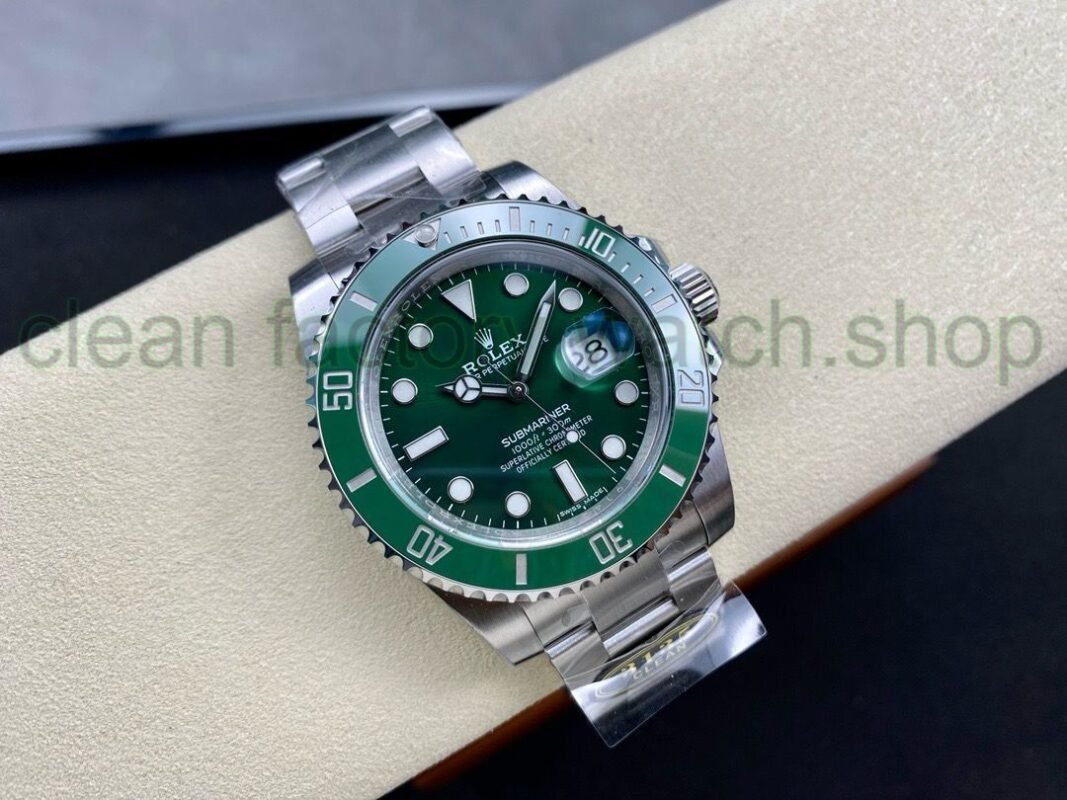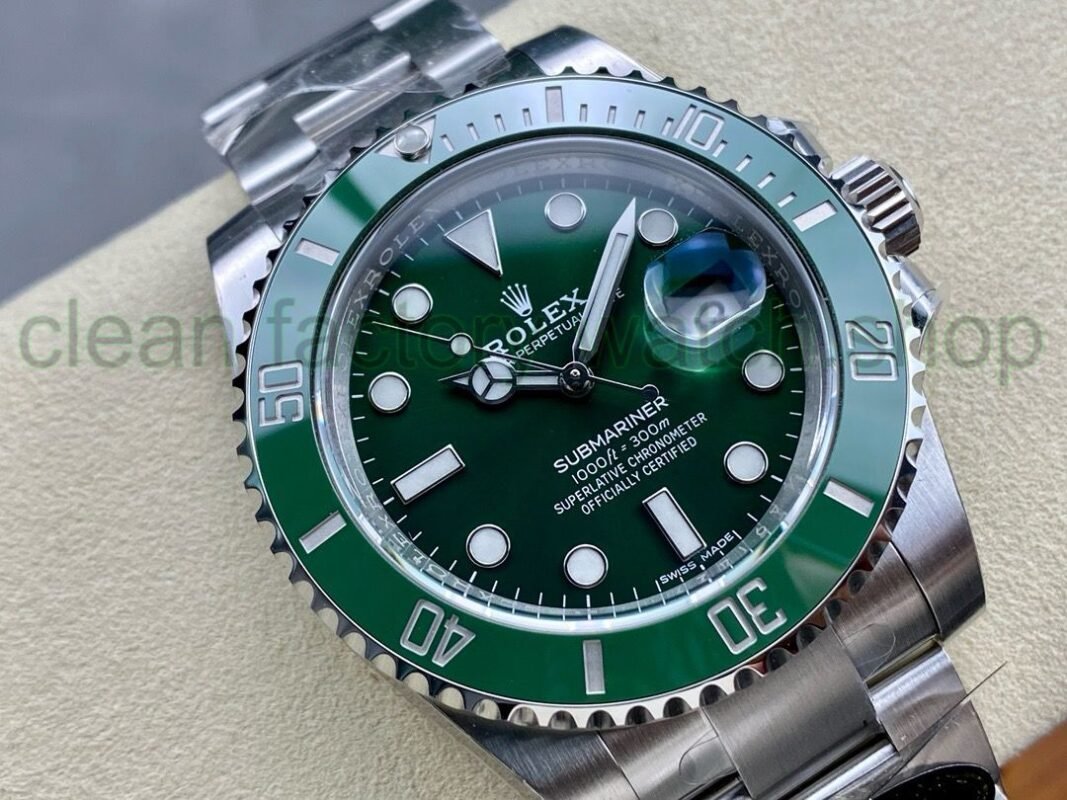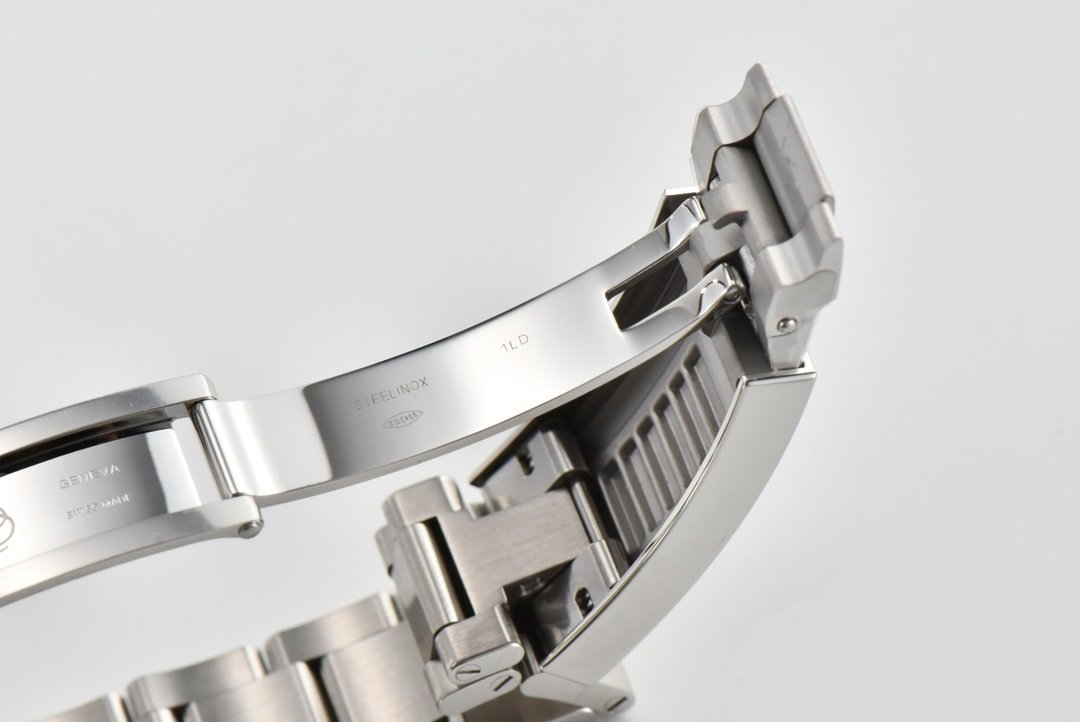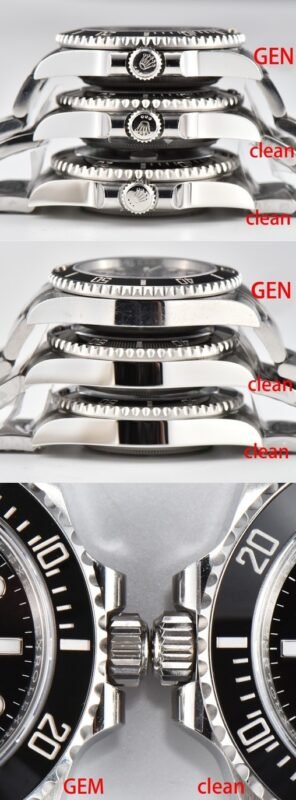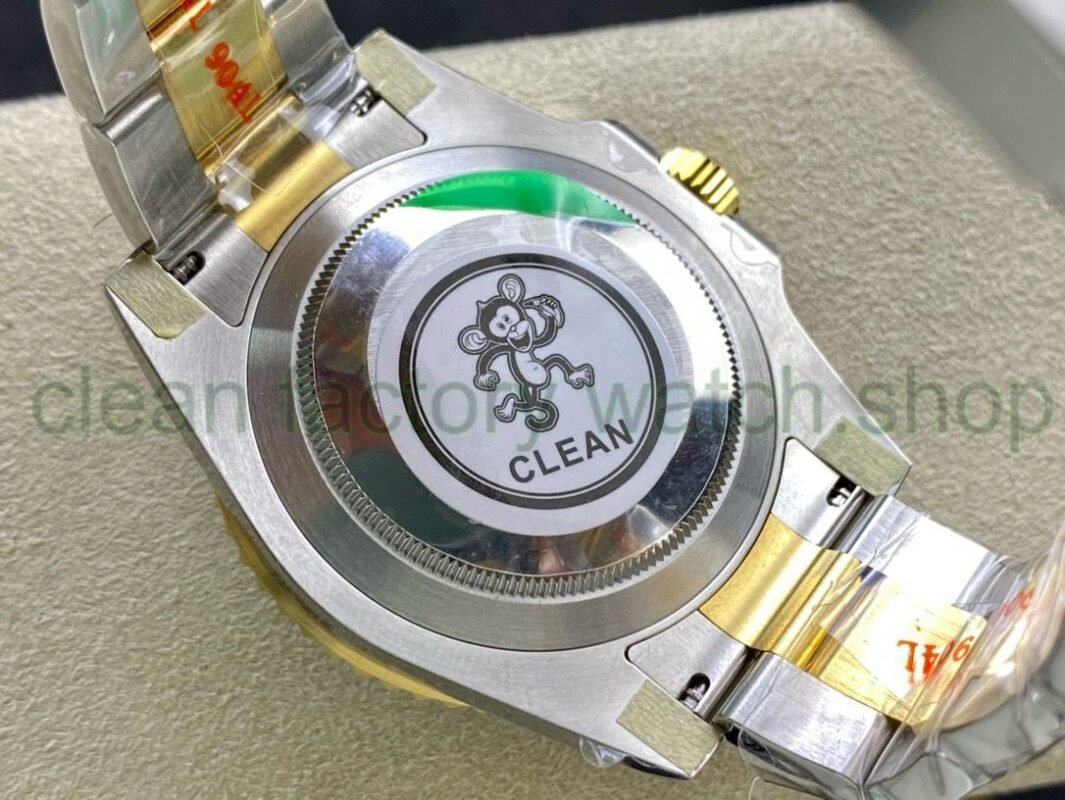Blog
Behind the Scenes: The Rise of Clean Factory Watches
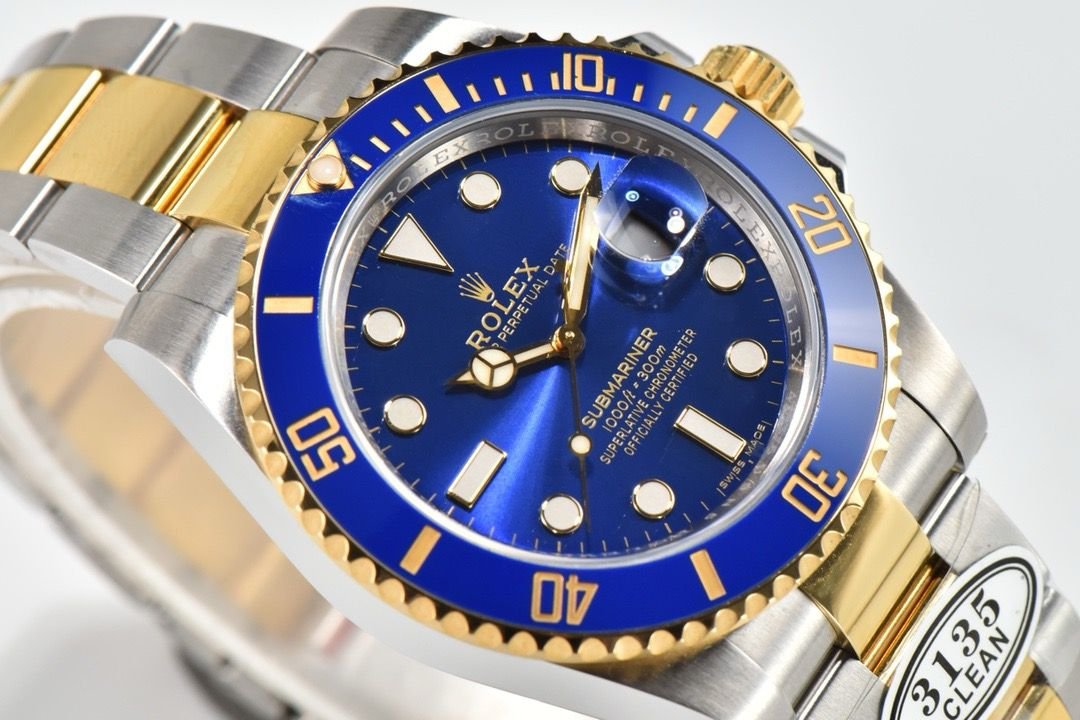
In an age where sustainability and ethical practices are becoming increasingly paramount, the world of horology is undergoing a transformative shift. Tucked away from the gleam of polished cases and intricate movements, a new breed of timepieces is gaining momentum: clean factory watches. These thoughtfully crafted instruments blend precision engineering with conscientious production methods, appealing to a growing demographic of watch enthusiasts who prioritize both style and substance. This article delves into the fascinating journey of clean factory watches, exploring the innovative processes, lasting materials, and industry pioneers who are shaping a future where elegance meets environmental responsibility.Join us as we unravel the complexities of this movement, uncovering the commitment and creativity that lie beneath the surface of these remarkable timepieces.
Table of Contents
- Exploring the Philosophy of clean Factory Watch Production
- Innovative Techniques: Crafting Precision with a Conscience
- Navigating the Market: How to Choose Your Ideal Clean Factory Watch
- Sustainability and Style: The Future of Watchmaking in a Green Era
- Q&A
- Final Thoughts
exploring the Philosophy of Clean Factory Watch Production
At the heart of the clean factory watch movement lies a profound commitment to sustainability, ethics, and craftsmanship that not only redefines the production process but also reshapes consumer expectations. The philosophy of clean manufacturing seeks to minimize environmental impact through an array of conscientious practices. These may include:
- Resource Efficiency: Utilizing materials that are sustainably sourced and minimizing waste at every production stage.
- ethical Labor: Ensuring fair wages and safe working conditions for all artisans involved in the creation process.
- Transparent Supply Chains: Providing clear insights into sourcing and manufacturing practices.
This holistic perspective not only enhances the quality of the timepieces but also fosters a deeper connection between the consumer and the maker. By considering the life cycle of a watch—from the initial design to the finishing touches—brands are crafting pieces that resonate with values of responsibility and integrity. The rise of clean factory watches reflects a cultural shift towards mindfulness in consumer habits, encouraging enthusiasts to wear their values on their wrists.
Innovative Techniques: Crafting Precision with a Conscience
In the realm of horology, the marriage of craftsmanship and sustainability is creating a new wave of innovation. Artisans are harnessing cutting-edge technologies while remaining committed to ethical practices. Through the integration of recycled materials and sustainable sourcing, watchmakers are able to produce timepieces that not only boast precision but also uphold the integrity of our planet. The use of advanced 3D printing techniques, for example, allows for intricate designs that minimize waste, reflecting a philosophy where precision and eco-consciousness coexist seamlessly.
moreover, the rise of clean factory watches has ushered in an era where openness takes centre stage. Consumers are increasingly demanding insight into the production processes behind their purchases. Brands are responding by sharing detailed narratives about the origins of their materials and the ethical standards upheld in their manufacturing facilities. This open dialog fosters a deeper connection between the consumer and the product, emphasizing that luxury does not have to come at the expense of environmental or social responsibility. In doing so, they are setting a new standard in the industry, proving that style and conscience can indeed go hand in hand.
Navigating the Market: How to Choose Your Ideal Clean Factory Watch
When it comes to exploring the burgeoning market of clean factory watches, discerning the right choice can be quite the challenge. Various factors play into this decision-making process, influencing everything from aesthetics to functionality. To ensure you select a timepiece that aligns with your personal style and needs, consider the following essential aspects:
- Brand Reputation: Opt for brands known for their integrity and quality control in the watch industry.
- Design & Aesthetics: Assess the design elements, such as dial layout, materials, and overall craftsmanship.
- Movement quality: Investigate the type of movement—automatic, quartz, or manual—and gauge its reliability and precision.
- Price Point: Determine your budget while considering the cost-to-quality ratio to ensure a worthy investment.
- After-Sales Support: Check for warranty terms and the availability of customer service.
Additionally, understanding the specifications of different models can considerably aid your decision. Below is a simplified comparison of popular clean factory watch features that you might find useful:
| Model | Movement type | Case Material | Water Resistance | Price |
|---|---|---|---|---|
| Model A | Automatic | Stainless Steel | 100m | $500 |
| Model B | Quartz | Titanium | 50m | $300 |
| Model C | Manual | Bronze | 30m | $800 |
Sustainability and Style: The Future of Watchmaking in a Green Era
The watchmaking industry is undergoing a profound change as brands pivot towards sustainability while retaining their commitment to style. In this new paradigm, clean factory watches are emerging as the linchpin of innovation, marrying advanced technologies with eco-kind practices. By prioritizing sustainable materials and ethical labor, these timepieces are not only ticking toward minimal environmental impact but also appealing to consumers who are increasingly conscious of their purchasing decisions. With the rise of biodegradable straps, recycled metals, and advanced solar-powered movements, the traditional notion of luxury watches is evolving to encapsulate both elegance and environmental responsibility.
As the trend toward sustainability takes hold, manufacturers are embracing transparency in their production processes, ensuring that each timepiece tells a story of environmental stewardship. Elements to consider include:
- Material Sourcing: Using sustainably sourced materials reduces ecological footprints.
- energy Efficiency: Implementing energy-efficient practices in manufacturing lowers carbon emissions.
- Longevity and Repairability: Designing watches to last and be easily repairable reduces waste.
Furthermore, as brands look to create a sustainable future, they are also integrating technology that highlights their eco-commitment. Below is a comparative table showcasing key factors:
| Factor | Traditional Watches | Clean Factory Watches |
|---|---|---|
| material Source | Non-recycled metals | Recycled materials |
| Energy Use | High energy consumption | Low energy, solar options |
| Environmental Impact | Significant | Minimal |
Q&A
Q&A: Behind the Scenes of the Rise of Clean Factory Watches
Q1: What exactly are clean factory watches?
A1: Clean factory watches are replicas of luxury timepieces produced with a focus on quality and attention to detail, frequently enough surpassing traditional counterfeit goods. These timepieces are made in factories that prioritize precise craftsmanship while adhering to high standards, mimicking original designs closely.
Q2: How did the trend of clean factory watches come about?
A2: The rise of clean factory watches can be attributed to several factors: the increasing accessibility of manufacturing technology, passionate watch enthusiasts seeking quality alternatives, and growing consumer demand for affordable luxury. As collectors desire more personalized options, clean factory watches offer a compelling blend of aesthetics and affordability.
Q3: Who is the target audience for clean factory watches?
A3: The target audience is diverse, ranging from young professionals seeking stylish accessories to seasoned collectors who appreciate the art of horology but may not wish to invest in high-end luxury pieces.They appeal to those who appreciate craftsmanship without the hefty price tag, and they often attract younger demographics who are trend-conscious.
Q4: What makes clean factory watches different from traditional fake watches?
A4: Unlike traditional fakes that may compromise quality and design, clean factory watches are manufactured in environments that prioritize precision and material integrity. They frequently enough feature genuine mechanical movements and high-quality materials, making them a step above typical imitations in durability and aesthetic fidelity.
Q5: Are there ethical concerns regarding clean factory watches?
A5: Yes, ethical concerns are a topic of discussion within the watch community. Critics argue that these replicas blur the line between homage and infringement, potentially undermining intellectual property rights. However,supporters contend that clean factory watches promote gratitude for watchmaking and allow consumers access to designs they admire without completely undermining luxury brands.
Q6: How do collectors perceive clean factory watches?
A6: Collectors have a mixed view of clean factory watches. Some embrace them as a way to enjoy luxury designs within a specific budget, while others see their proliferation as diluting brand prestige and craftsmanship. Ultimately, collectors weigh personal values, appreciation for originality, and enjoyment of aesthetics when considering these pieces.
Q7: Where is the clean factory watch market headed?
A7: The future of the clean factory watch market looks promising, with ongoing innovations in manufacturing techniques and a growing community of enthusiasts. As consumer interest in affordable luxury continues to rise, clean factory watches may gain further acceptance, potentially reshaping perceptions about quality and value in the watch industry.
Q8: How can consumers ensure they’re buying a reputable clean factory watch?
A8: To ensure a smart purchase, consumers should research sellers, seek reviews from the watch community, and understand the brand and model they intend to buy. Engaging with reputable forums and marketplaces can provide insights and foster connections with educated enthusiasts who can offer guidance on reputable sources.
Q9: Will clean factory watches ever replace the real luxury brand watches?
A9: While clean factory watches offer appealing alternatives, they are unlikely to replace authentic luxury timepieces for collectors and enthusiasts who value heritage, craftsmanship, and brand identity. Though, they may coexist as complementary options for those who appreciate quality without the commitment of luxury pricing.
Q10: What’s the key takeaway about clean factory watches?
A10: Clean factory watches represent a fascinating intersection of affordability, craftsmanship, and desirability, allowing consumers to embrace luxury aesthetics without the exclusive price tag. as the market evolves, staying informed and thoughtful about purchases will be crucial for both enthusiasts and casual buyers alike.
Final Thoughts
As the gears of the watchmaking industry continue to evolve, the rise of clean factory watches signifies more than just a trend; it marks a pivotal shift towards sustainability, transparency, and ethical craftsmanship. This behind-the-scenes exploration has unveiled the intricate processes and philosophies that drive brands to embrace cleaner practices, challenging the conventional narrative of luxury timepieces.
With each tick of a clean factory watch, we not only witness an evolution in horological design but also a commitment to social responsibility and environmental stewardship. As consumers become increasingly discerning, the demand for authenticity and integrity in manufacturing is set to reshape the future of watchmaking.
As we turn the final page on this journey,it’s clear that the story of clean factory watches is far from over. With innovation at its core, the industry stands poised to redefine luxury, presenting a harmonious blend of tradition and modernity. So, as you fasten your wristwatch for the day, consider not just its craftsmanship, but also its path—one that echoes the values of a more conscious and sustainable future.

